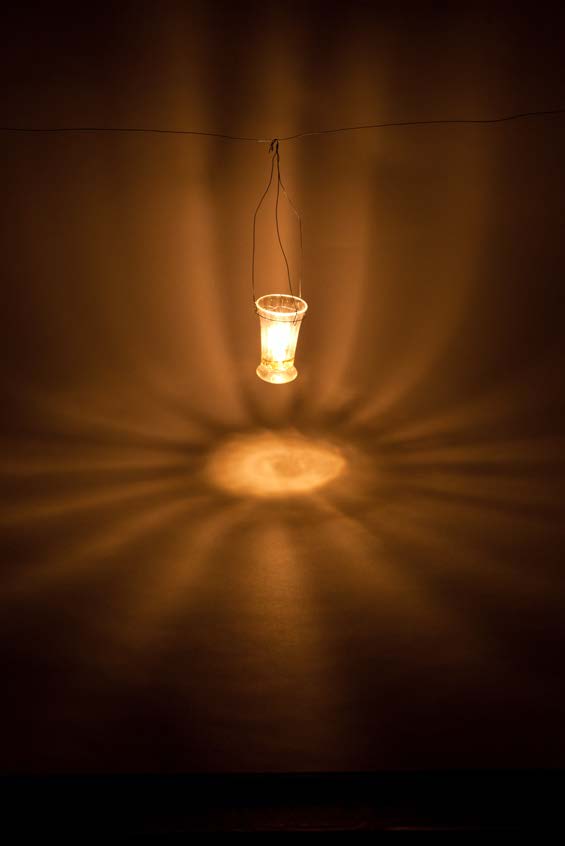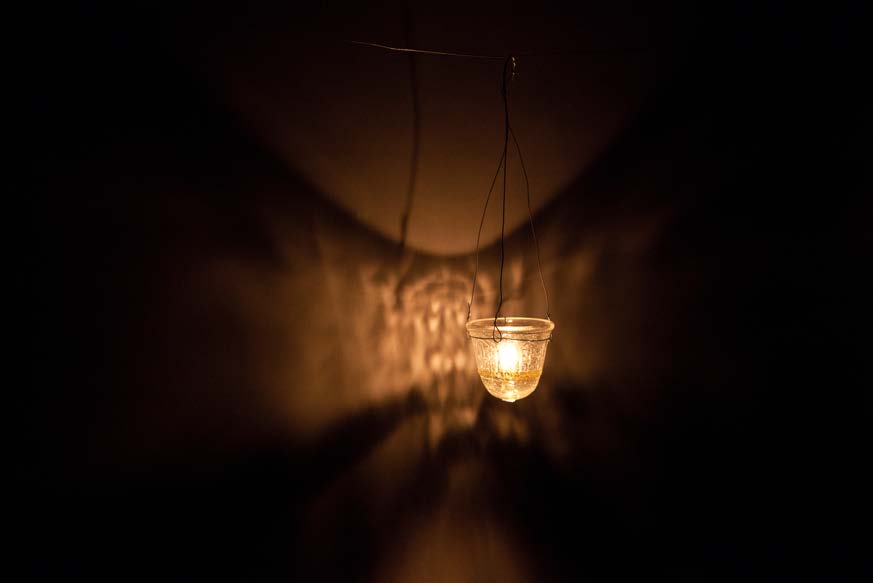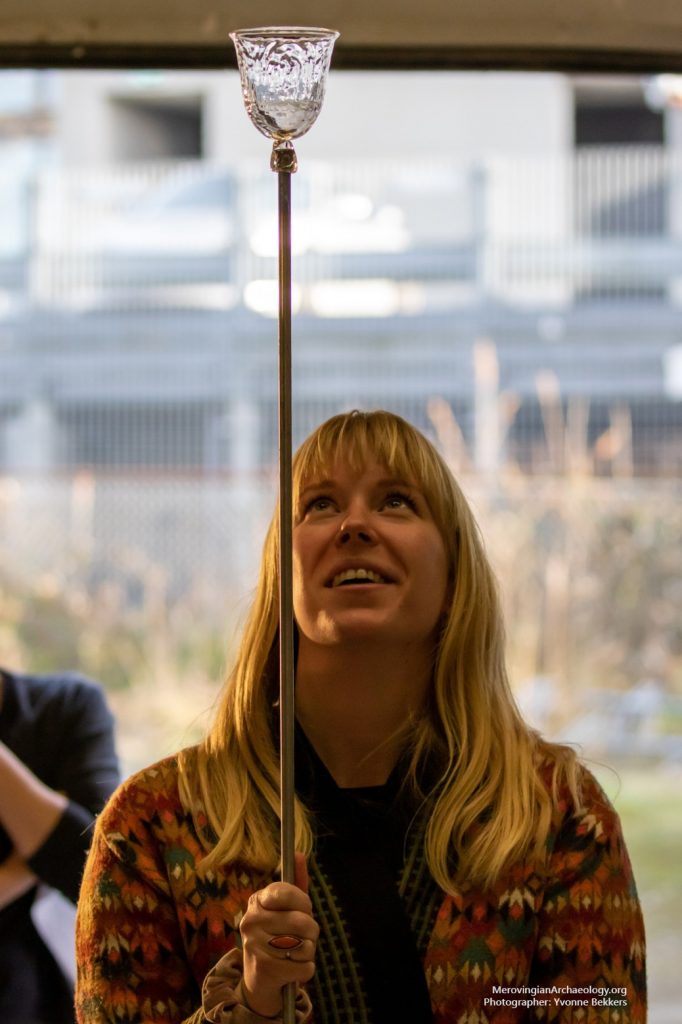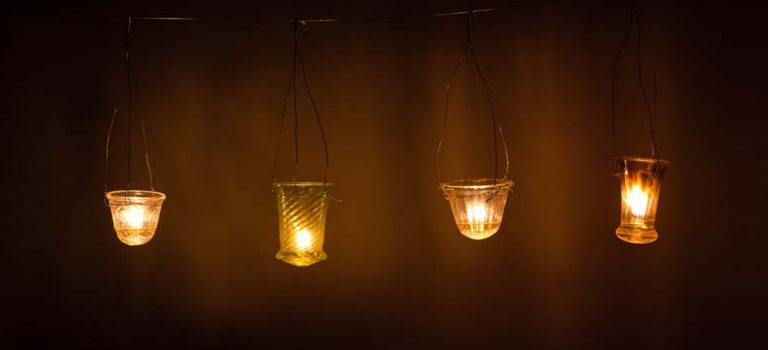Author: Marieke van Winkelhoff
In many Merovingian graves, glass vessels can be found. Why were these placed into the
grave? Are they for drinking, during a funerary feast? Or do they serve another function?
Or multiple functions? One way to try and answer this question, is to carry out an
archaeological experiment. This meant that a number of Merovingian glass vessels needed to be
replicated. Together with the Nationaal Glasmuseum Leerdam and historical glassblower
Marc Barreda, we organised a (corona-proof) glass blowing day. It was very interesting
to see what techniques are applied to make these glass vessels, and the results are
stunning as well!
The actual experiment was very insightful. We discovered that in principle, all replicated
glass vessels could function as lamps. Considering lighting patterns, some work better
than others. Especially the vertically ribbed glass vessels emitted bright and clear “sunlike”
patterns. Another, perhaps even the most interesting, find is that these small glass
vessels work especially well as lamps when hung low above the ground. This is when
lighting patterns are most clearly cast onto the ground. One can imagine that such usage
is especially relevant in the context of a grave lamp, or votive lamp, hung as a visual
reminder of the deceased at its grave.
Photographs by Yvonne Bekkers and Erik Rijper.
Reference: Van Winkelhoff, A.M., 2021. Light in the Dark Ages: a conceptual approach to
the role of glass vessels in the Merovingian burial rite. RMA-thesis Universiteit Leiden.
The experiment in photos:
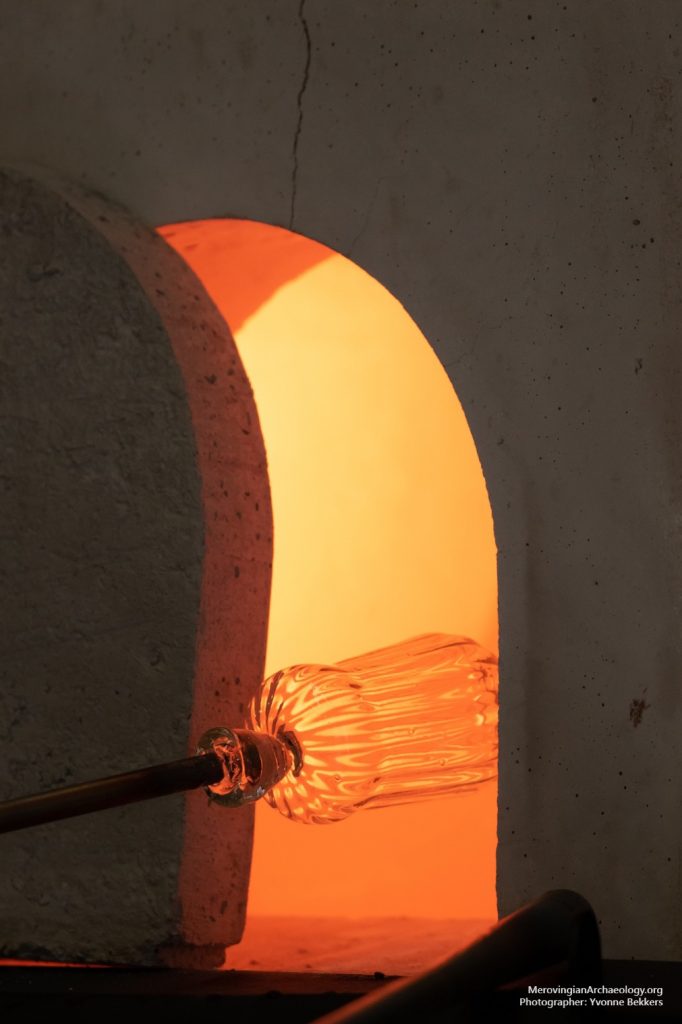
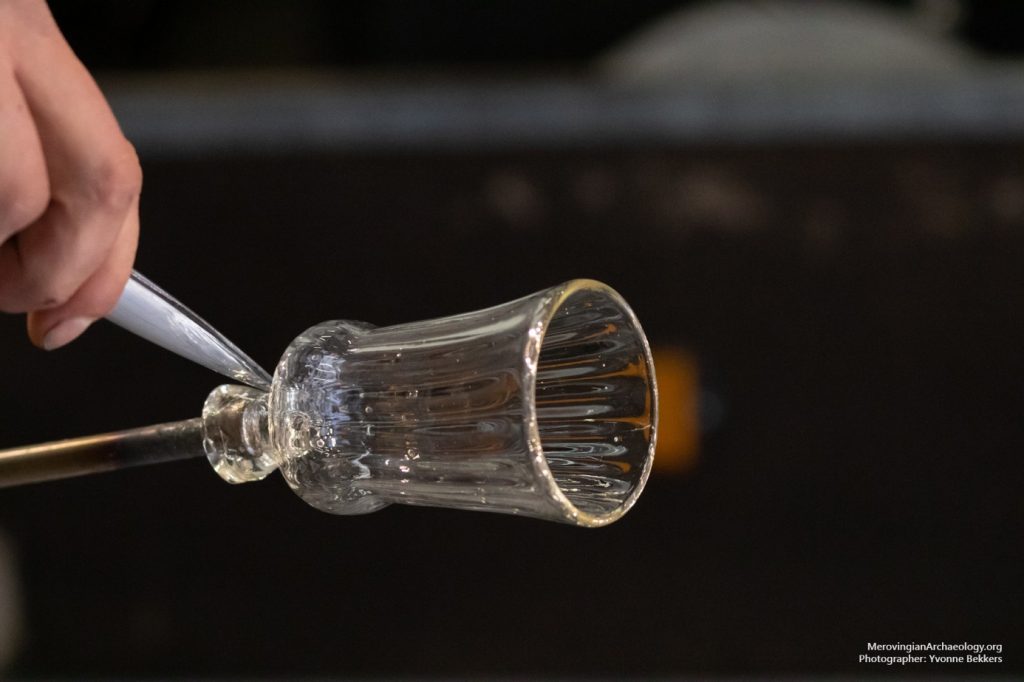
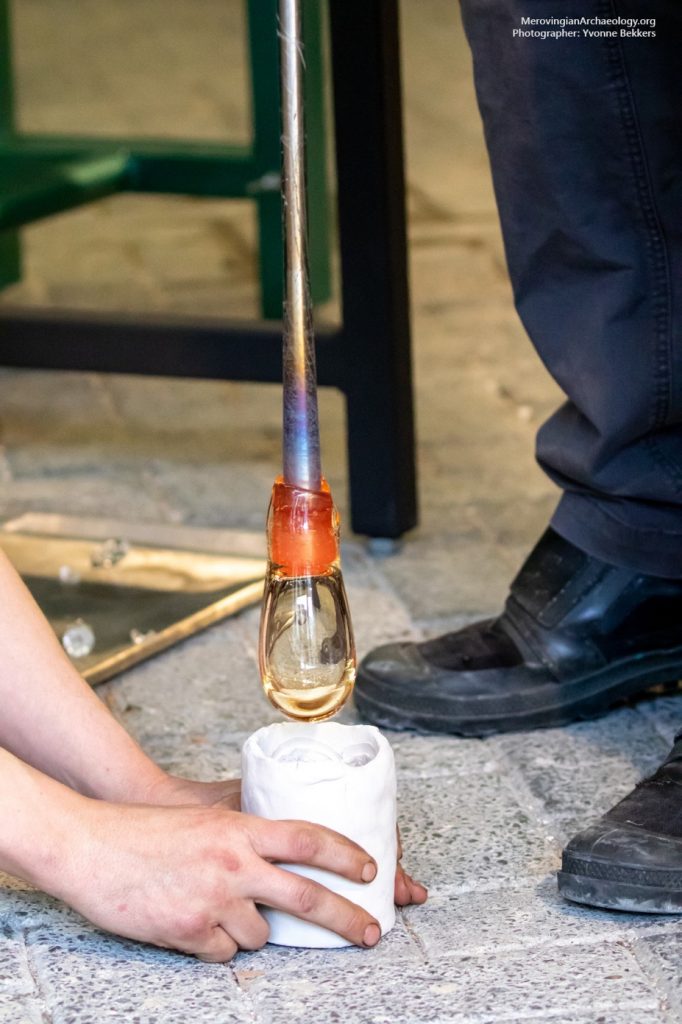
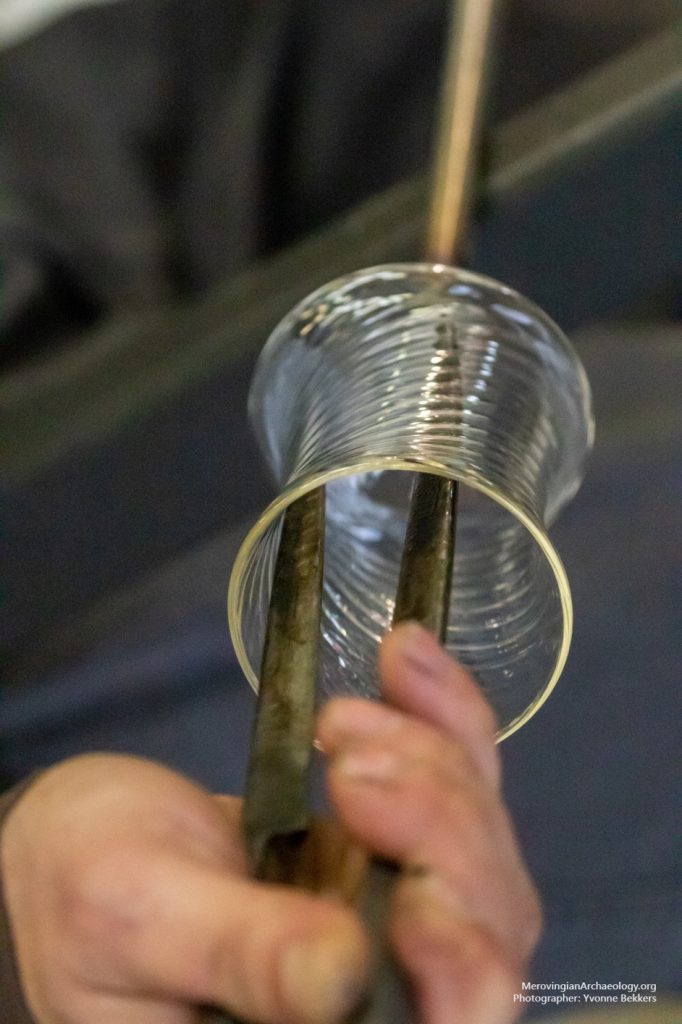
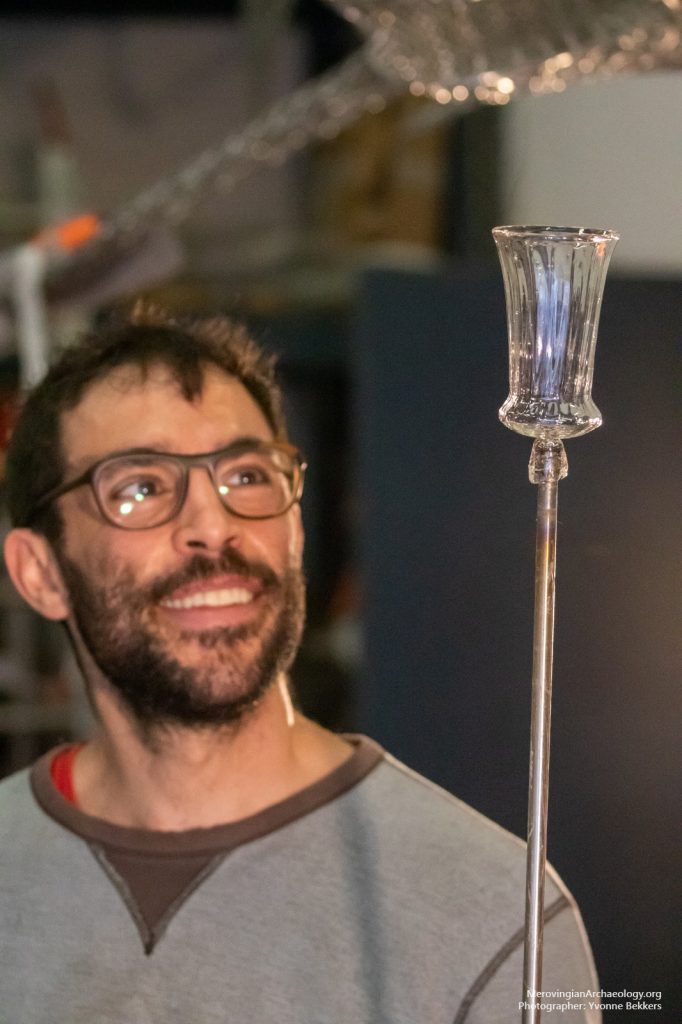
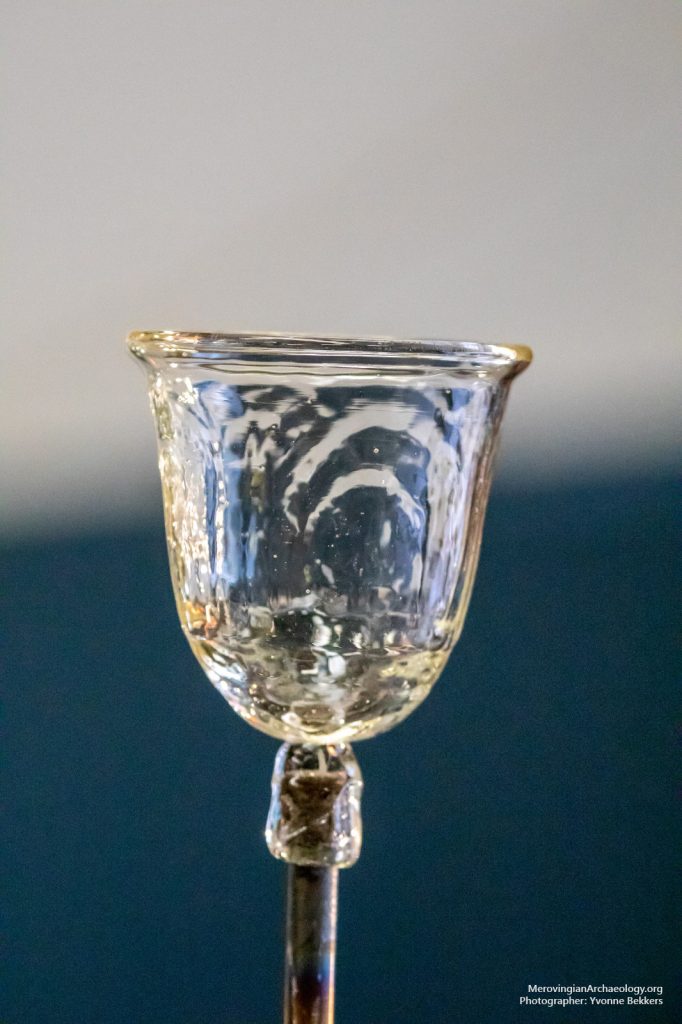
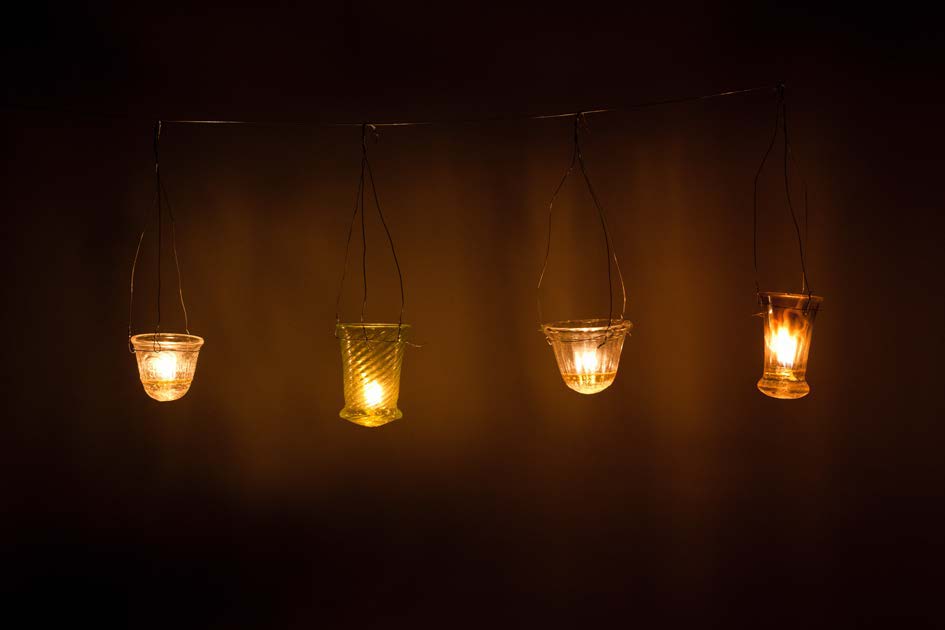
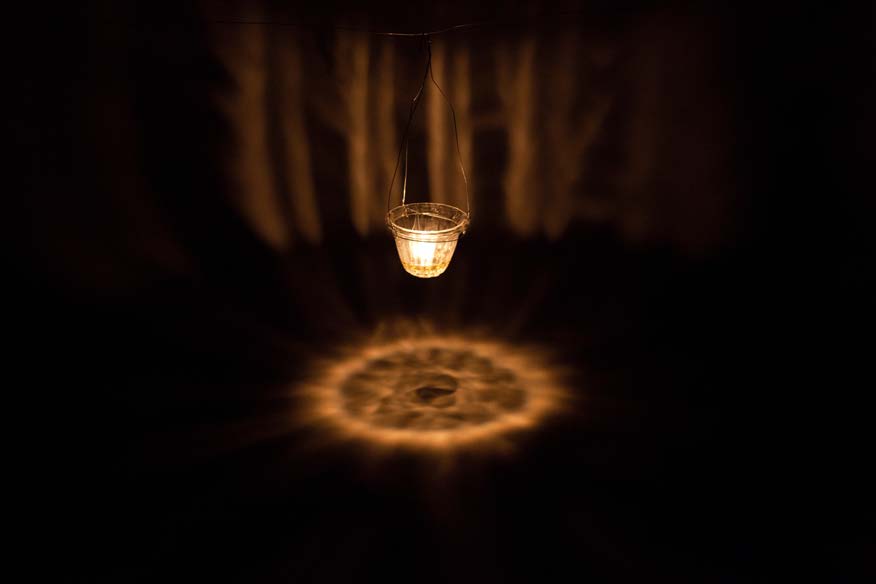
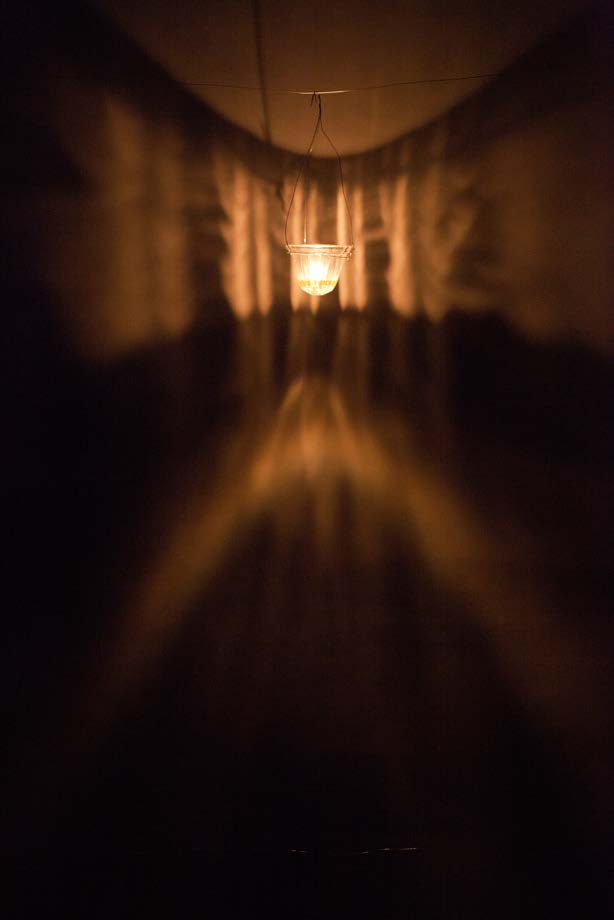
al. (2009). Photographer: Erik Rijper. Glasmuseum Leerdam
